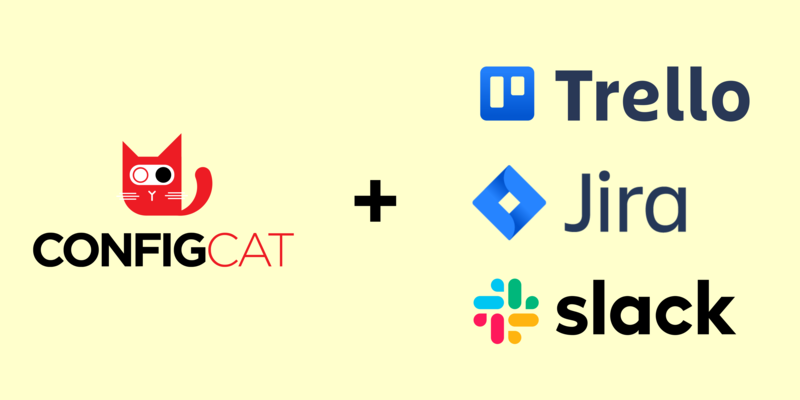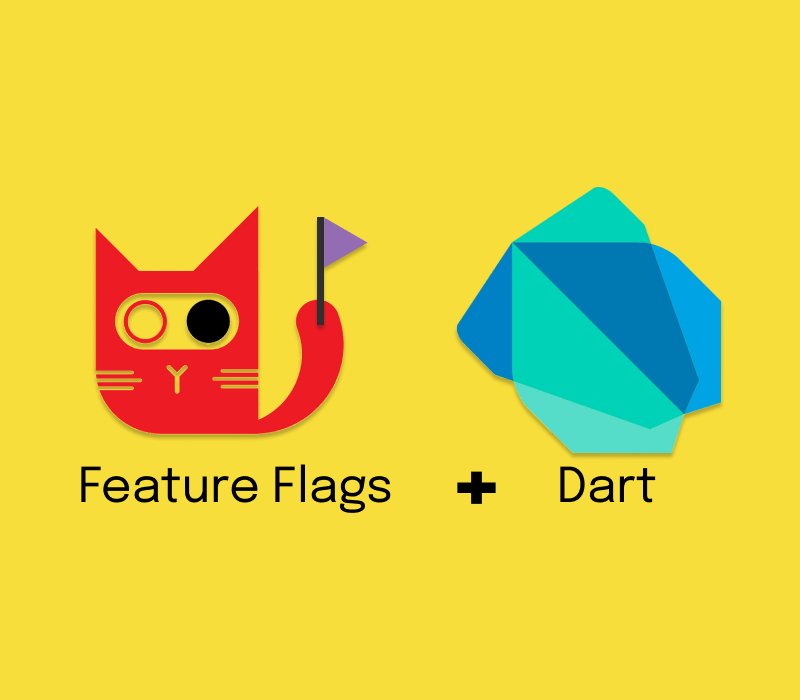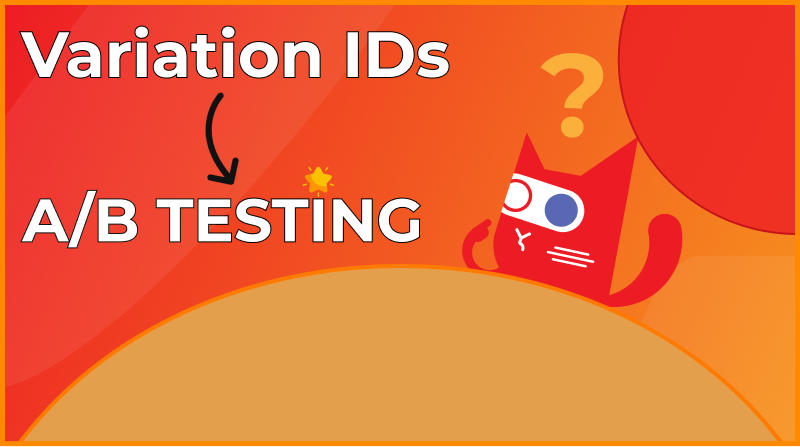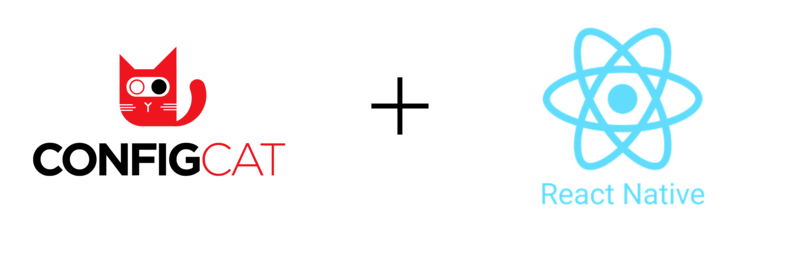Easier Feature Flag Management Using Integrations
Unless you’ve been living under a rock for the past two years, chances are you’re well-acquainted with today’s hybrid work environment and the tools that come with the territory. Platforms such as Jira, Trello and Slack are well established as tools that enable high-level remote collaboration and task management. ConfigCat provides straightforward integrations with Jira, Trello, and Slack that allow for higher visibility and easier, more convenient feature flag management. In this blog, I’ll go through these feature flag devices one by one, outlining their functionality and how to integrate them.















